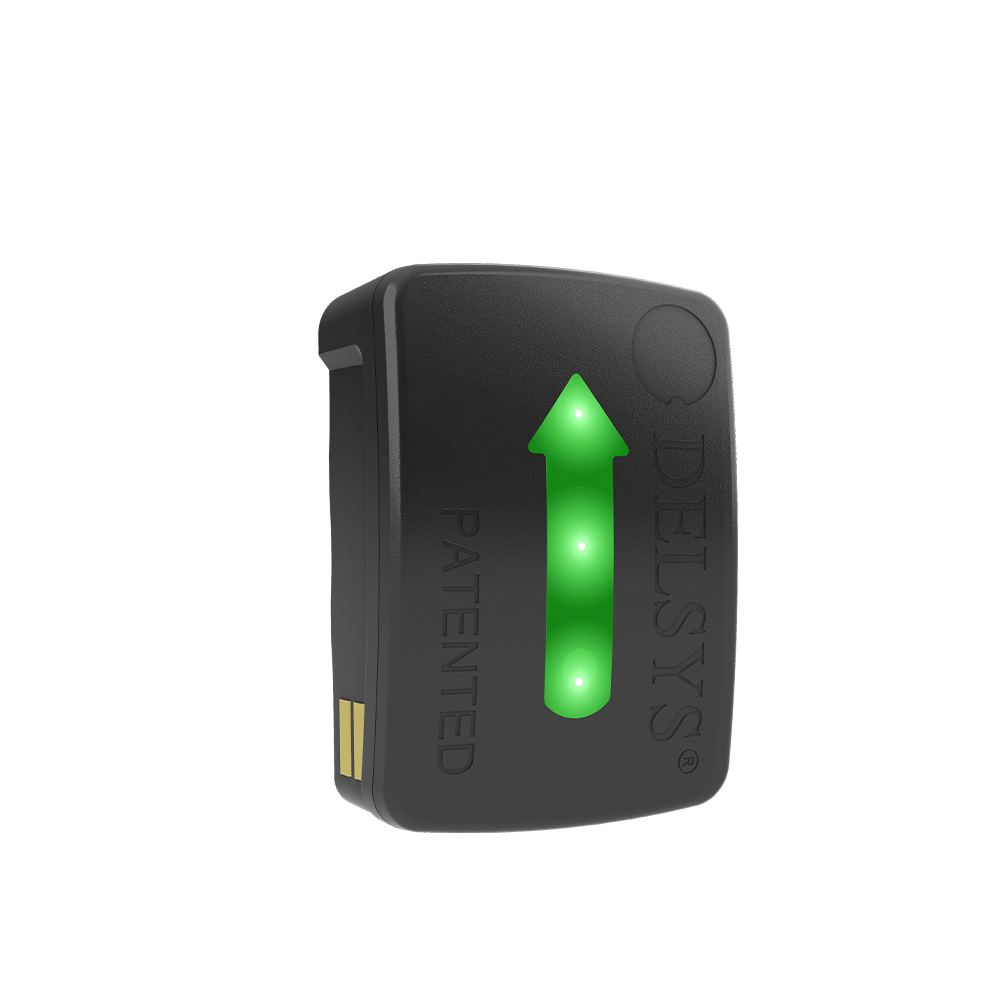
Complete the form or contact us via:
Quality EMG signals can only be obtained with proper application of the sensors. EMG signals originate from the movement of very small charged ions in the muscle cell membranes. The skin barrier poses an impediment to the detection of these electric fields from its surface. The impact of the skin in attenuating and possibly distorting these signals can be minimized by ensuring that it is free from extraneous matter which can include hair, oils and dry dermis.
Delsys sensors can be cleaned with a isopropyl alcohol or a mild detergent solution. Gas sterilization methods are also acceptable. Sensors should not be fully submersed in liquids for any period of time. It is recommended to clean Delsys Sensor before and after each use.
View Signal Quality Monitor.
View Signal Quality Monitor.
The most effective way to verify the quality of an EMG signal is to first establish the noise baseline of the system. Delsys EMG systems exhibit 5uV pk-pk noise baseline with the sensor inputs connected to Reference. Once affixed to the skin, the noise baseline is between 5 and 10 uV pk-pk, depending on the impedance characteristics of the skin. This low baseline is observable only when the skin has been carefully cleaned and the muscle is completely relaxed. A soon as the muscle fibers underneath the EMG sensor become activated, individual action potentials can be discerned, appearing at amplitudes as low as 20uV and as high as 2mV. By maintaining a constant contraction level, an estimate of the EMG signal amplitude can be obtained. A signal-to-noise ratio can be computed by calculating the Root-Mean Square (RMS) of the detected signal and dividing it by the RMS noise baseline of the system. The formal signal-to-noise measurement is expressed in decibels, and is calculated as the logarithmic ratio of the RMS signal amplitude to the RMS noise amplitude. The full scale signal-to-noise ratio of our EMG equipment is calculated as follows:
The antenna design, the communication protocol and the radio hardware have been optimized for trouble-free operation up to 40m in open office environments.
Communication Test:
16 sensors at 20 m for 10 minutes
| Sensor | Dropped Packets | Sensor | Dropped Packets | Sensor | Dropped Packets | Sensor | Dropped Packets |
|---|---|---|---|---|---|---|---|
| 1 | 0 | 5 | 0 | 9 | 1 | 13 | 0 |
| 2 | 0 | 6 | 0 | 10 | 0 | 14 | 0 |
| 3 | 0 | 7 | 0 | 11 | 0 | 15 | 0 |
| 4 | 0 | 8 | 0 | 12 | 0 | 16 | 0 |
Total Packets Sent: 711,112
Total Dropped Packets: 1
Error Rate: < 0.0002 % *
Trigno sensors have been meticulously designed to ensure trouble-free operation for distances up to 40m and recording sessions as long as 8 hours. A custom RF protocol operating within the 2.4GHz spectrum has been developed to ensure no data latency between sensors and a high level of transmission robustness. Our approach has minimized the potential for interference from commercially available products that make use of WiFi, Bluetooth, Zigbee and similar RF communication schemes. None-the-less it is advisable to remove any unnecessary 2.4GHz sources from the recording environment when possible. The Trigno System has the ability to track all data packets that are sent from the sensor to the receiving Base Station, so that communication quality at any point in time is known to the system. Multiple sets of operating channels are accessible to the user so that communication quality can be maximized in any given environment.